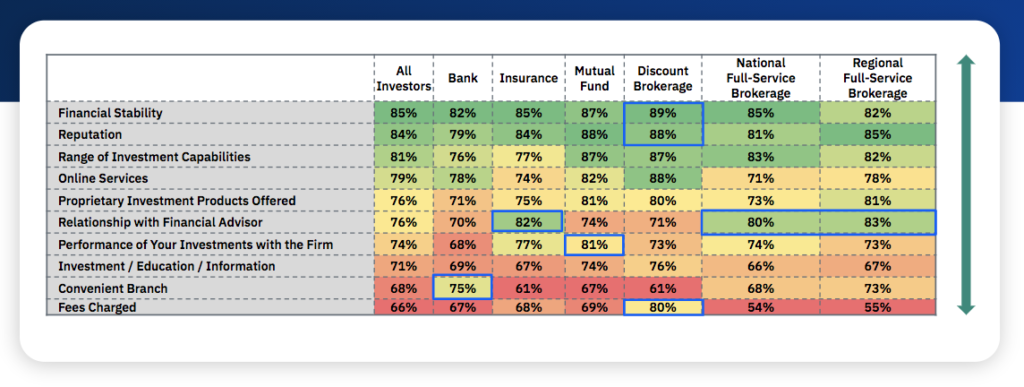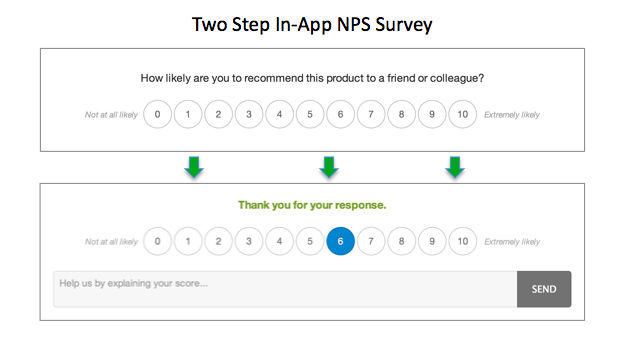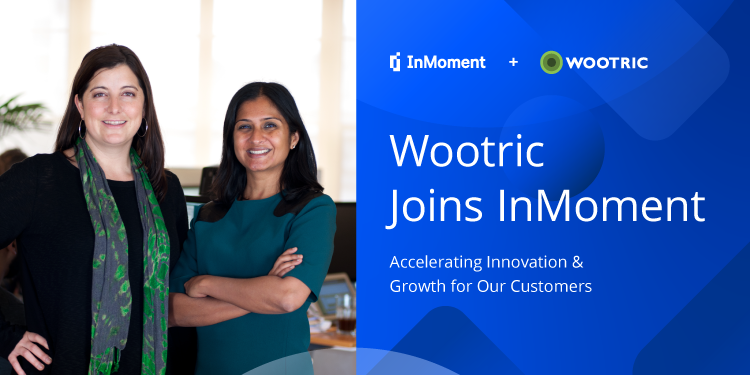The experience world has seen a certain term crop up more and more in recent years: omnichannel. This word has gradually become a regular part of customer experience (CX) practitioners’ vocabulary, and indicates a grander shift in CX thinking from focusing on transactions to creating a more seamless journey for customers. This article will briefly introduce what customers have come to expect of brands, and how those organizations can begin to think about meeting that expectation.
The Sum of All Parts
The main reason why many CX practitioners have shifted their customer experience thinking from individual transactions to entire relationships is because, well, that’s how customers see things. Individual transactions and interactions are important, yes, but customers think about a brand relationship in its entirety. This trend has only become more prominent in recent years, and it’s key to designing a meaningfully improved experience.
One of the most important reasons why customers think this way, especially when it comes to expecting a seamless experience, is because they now interact with brands in many different ways: via an app, over the phone, in-person, on a website, etc. With this increase in touchpoints has come a customer expectation that brands will recognize and remember them no matter how they choose to transact. This expectation is at the core of creating a truly omnichannel experience.
The Problem with Legacy Systems
It’s reasonable to ask why more brands haven’t immediately created omnichannel experiences if customers have come to not just desire them, but expect them. Unfortunately, many organizations have legacy systems in place that rigidly silo experience data. Call center data stays with call center teams, website data stays with digital teams, so on and so forth. This setup makes it much more difficult for brands to even know where to start desiloing customer journeys, let alone to successfully execute that goal.
Another issue to consider here is how brands use CRM systems. Though many of these databases’ data isn’t all that divided, it’s common for too few people to have access to it. This reduces data democratization, which makes it harder for a brand to achieve the 360-degree customer view needed for desiloing journeys.
Where Brands Go from Here
It’s become clear that customers expect brands to recognize them at every touchpoint, and to use that recognition to enhance their experience. Customers also expect to be able to seamlessly jump from one channel to another in any given interaction. Many companies’ experience programs aren’t built to accommodate this trend, resulting in lost opportunities for both a better experience and a stronger bottom line.
How might brands circumvent these problems, desilo their customer journeys, and create a more seamless experience for all? Click here to learn more about how your organization can break these barriers down and achieve Experience Improvement (XI) in my Point of View on this subject.
















